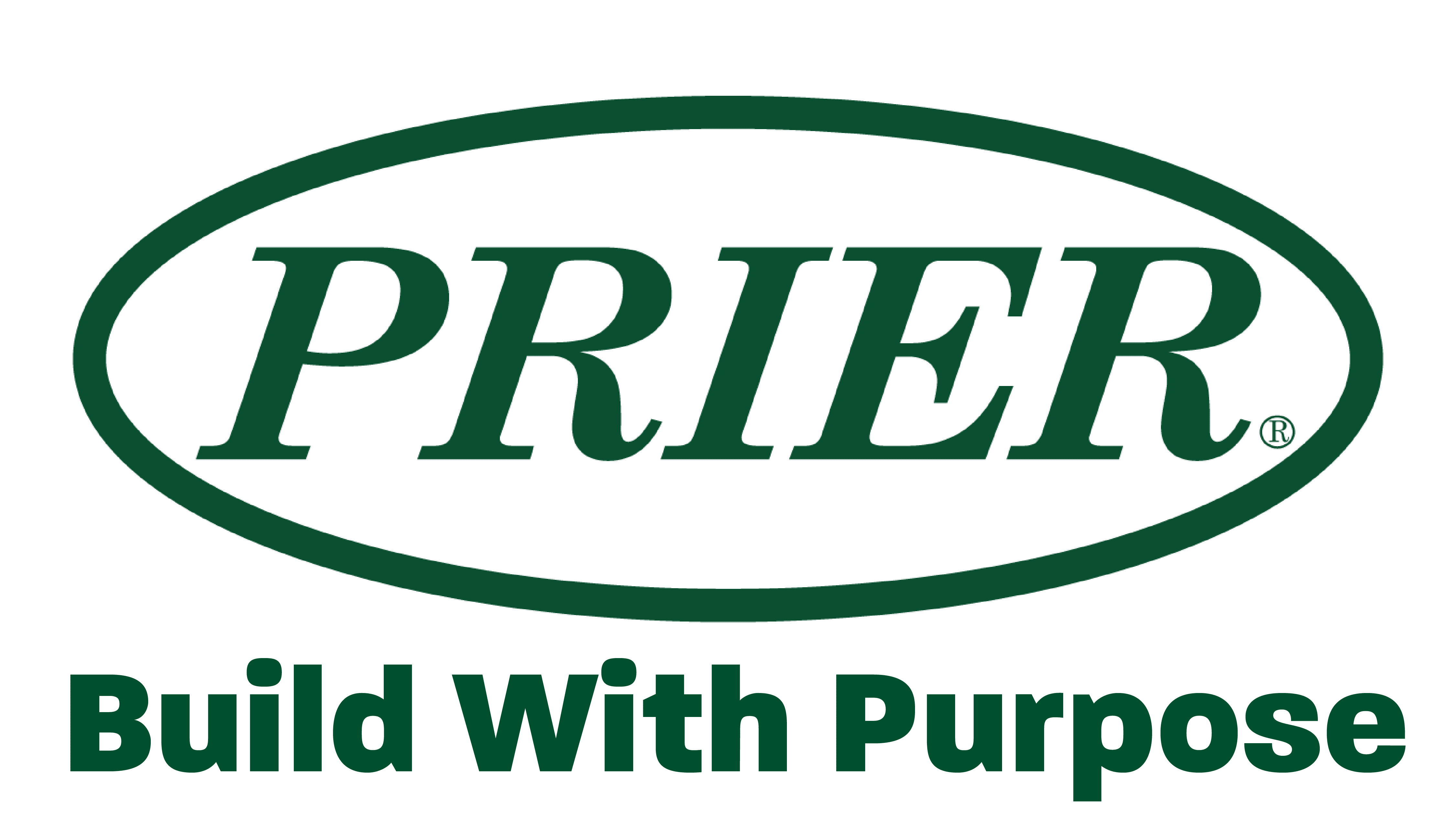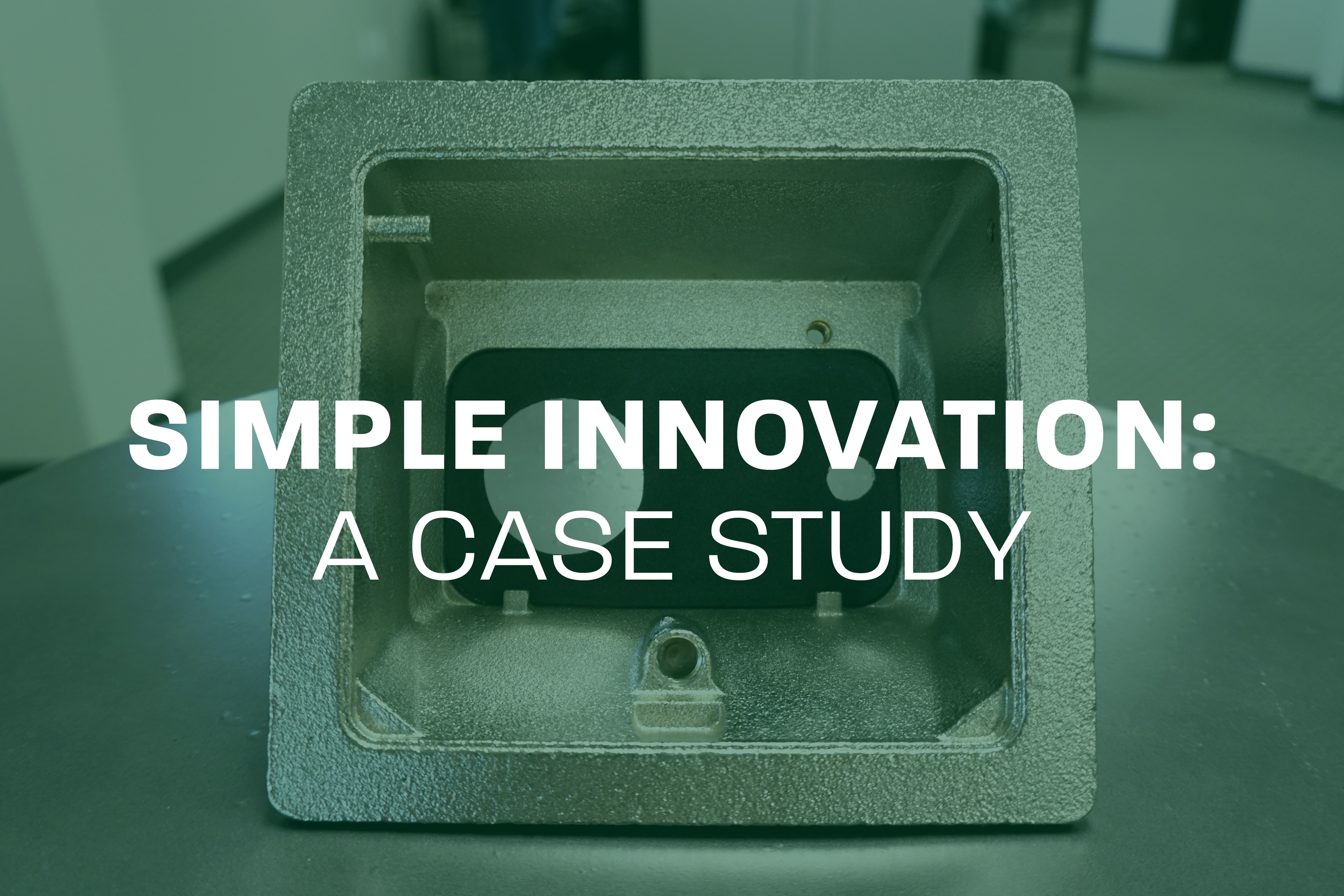Avoid negativity, like commands and curtness:
Email tends to push us down a one dimensional track. We don’t have the luxury of tone, body language, and facial expressions like we do in face-to-face communication. This filters us toward the imperative, which essentially turns everything into a command. We write, “do this, do that, go here, go there,” etc., and as a result, people on the receiving end feel like they are being ordered around. Most of us hope to have some form of independence and freedom to make our own choices in our careers, so shifting the imperative to the conditional (i.e. “would you, could you,” etc.) in our phrasing may give our coworkers a greater sense of agency.
Another tendency many of us have is to write with such brevity that our curtness can come across as rudeness. Oddly enough, many very successful people are extremely terse, but that is not an indication of how to communicate. If anything, terseness is earned, and we should be wary of this style of communication if we value kindness and consideration.
Be extra positive… email is the last place to play it cool:
“Did you schedule that shipment??? Thx.” If this came across as an email, would you think it sounded rude? As stated above, generally, all of us think neutral emails sound negative, so naturally, objectively positive emails are received as neutral. By showing earnestness and enthusiasm with our language, something that may feel overtly chipper when you read it back will simply sound neutral to the receiver. While exclamation points and emoticons can feel unprofessional, using these symbols may be the best way to convey tone and emotion electronically.
Another way to keep things positive is to acknowledge your recipients workload and show appreciation. People tend to be much more responsive and receptive to requests when you either empathize with their workload or show them consideration. Phrases like, “I know you have a really hectic schedule, but…” or “thanks again for taking the time…” can keep you from falling into the “they think I have time for this!?” kind of trap.
Along with receiving acknowledgement, people want to know why or what’s in it for them. Obviously, you have a good reason to send an email, but people like to know there’s a benefit or at least a reason for doing things. You could frame it in terms of quality (e.g. “this will make our product even better) or progression (e.g. “once we make this last adjustment, we should be done with this project”). In order to get a positive reaction, it may be helpful to provide a little more context for the request.
Be effective, useful, and obvious:
We are all busy, and many of us receive hundreds of emails per day. Before communicating, take a moment to consider which platform is the most effective. Nobody wants to spend the time reading (or creating) a novel when a simple phone call could do the job in minutes. Similarly, interoffice communications are sometimes best done in person. It is okay to communicate via email when it’s 1/1 or if it is okay to wait. You don’t want to send an email to a group that triggers 20 different responses when a meeting would have been appropriate. Also, if you need a response ASAP, pick up the phone or even send a text.
In the body of an email, be sure to make any requests or deadlines blatantly obvious. Indent numbers or use bullet points that can easily be deciphered, so your recipient can understand what is being asked and answer it easily and clearly. We all try to get through emails quickly, and if something isn’t obvious, it can easily be overlooked by the reader.
Finally, don’t forget to proofread your email before you send it. More than just spelling, take the time to double check for grammatical errors. This final look ensures your content is as intended and adds a level of respect for your recipient.


